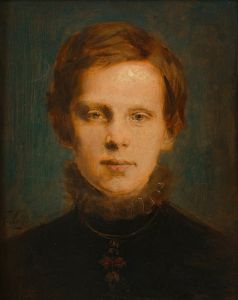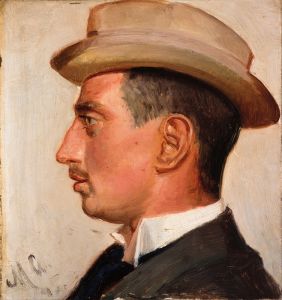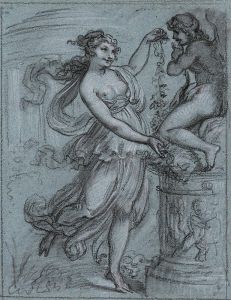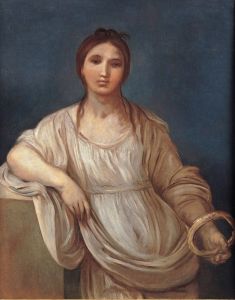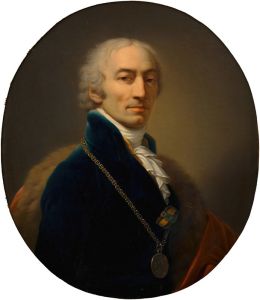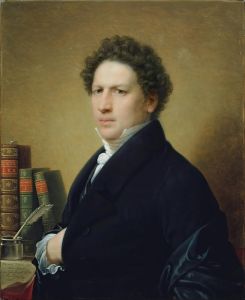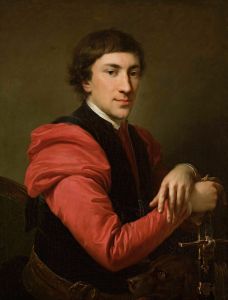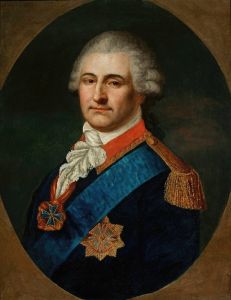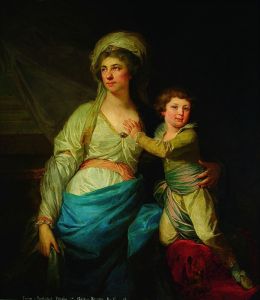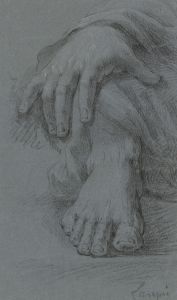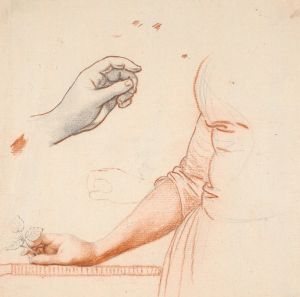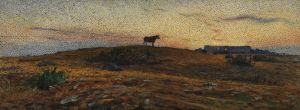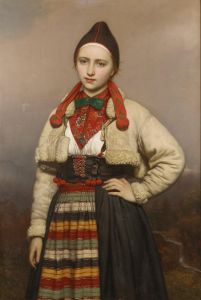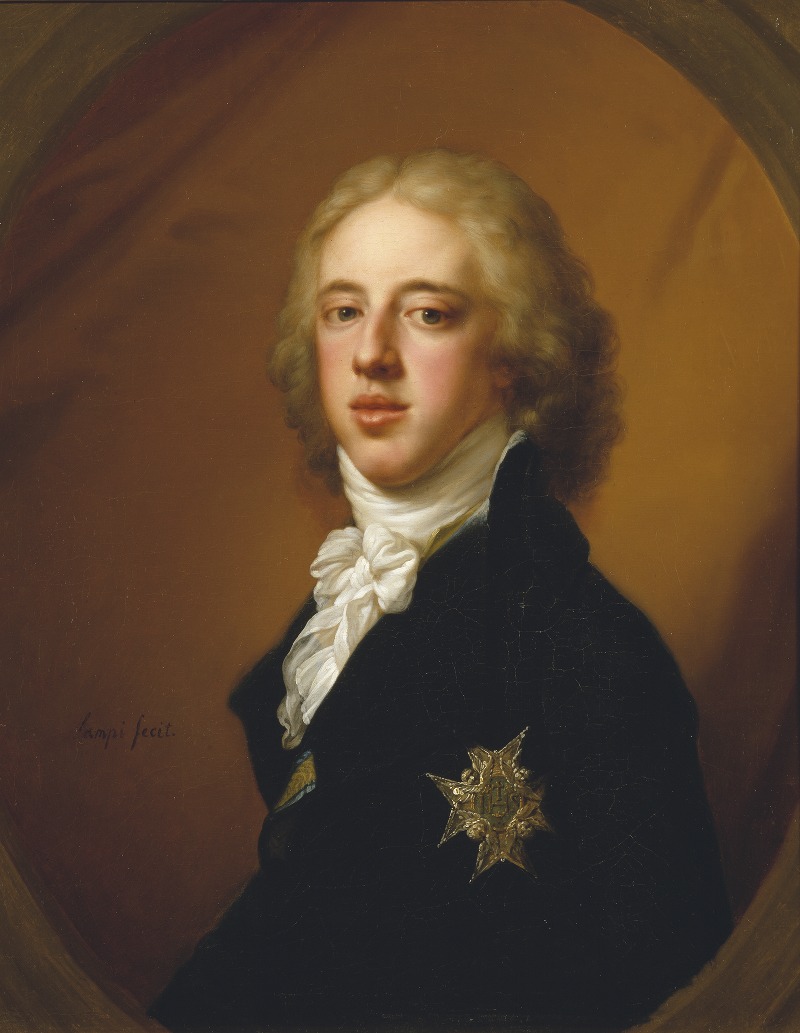
King Gustav IV Adolf
A hand-painted replica of Johann Baptist von Lampi the Elder’s masterpiece King Gustav IV Adolf, meticulously crafted by professional artists to capture the true essence of the original. Each piece is created with museum-quality canvas and rare mineral pigments, carefully painted by experienced artists with delicate brushstrokes and rich, layered colors to perfectly recreate the texture of the original artwork. Unlike machine-printed reproductions, this hand-painted version brings the painting to life, infused with the artist’s emotions and skill in every stroke. Whether for personal collection or home decoration, it instantly elevates the artistic atmosphere of any space.
The painting "King Gustav IV Adolf" by Johann Baptist von Lampi the Elder is a portrait of King Gustav IV Adolf of Sweden, created by the renowned Austrian portraitist Johann Baptist von Lampi the Elder. The work is a representation of the Swedish monarch, who reigned from 1792 to 1809, a period marked by significant political and social changes in Sweden and Europe.
Johann Baptist von Lampi the Elder (1751–1830) was a prominent portrait painter of the late 18th and early 19th centuries, known for his skill in capturing the likeness and character of his subjects. He worked extensively across Europe, painting members of the aristocracy, royalty, and notable figures of his time. His style is characterized by its attention to detail, refined use of light, and ability to convey the dignity and status of his sitters.
Gustav IV Adolf, born in 1778, became King of Sweden at the age of 14 following the assassination of his father, King Gustav III. His reign was marked by his strong opposition to Napoleon Bonaparte and his efforts to maintain Sweden's independence during the Napoleonic Wars. However, his rule faced significant challenges, including military defeats and political unrest. In 1809, Gustav IV Adolf was deposed in a coup d'état, leading to his abdication and the end of his reign. He spent the rest of his life in exile and died in 1837.
The painting by Lampi likely reflects the royal and formal image of Gustav IV Adolf, emphasizing his status as a monarch. As with many royal portraits of the time, it would have been intended to convey authority, power, and the legitimacy of the ruler. The exact date of the painting's creation is not definitively documented, but it would have been produced during or shortly after Gustav IV Adolf's reign, given Lampi's active period as a court painter.
The artwork is an example of the neoclassical style prevalent during the late 18th and early 19th centuries, which often sought to portray subjects with clarity, elegance, and a sense of timelessness. While specific details about the painting's current location or provenance are not widely documented, it remains a significant piece for its historical and artistic value, representing both the skill of Johann Baptist von Lampi the Elder and the legacy of Gustav IV Adolf.
This portrait serves as a visual record of a pivotal figure in Swedish history and exemplifies the role of art in documenting and shaping the perception of historical figures.





